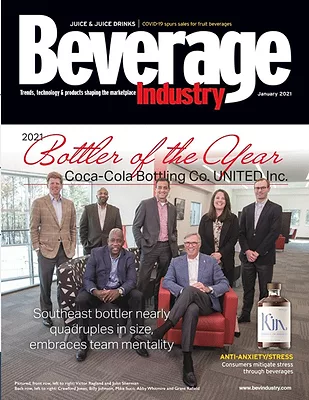Cover Feature
2021 Bottler of the Year: Coca-Cola Bottling Co. UNITED
Southeast bottler nearly quadruples in size, embraces team mentality
Read More

Copyright ©2025. All Rights Reserved BNP Media.
Design, CMS, Hosting & Web Development :: ePublishing